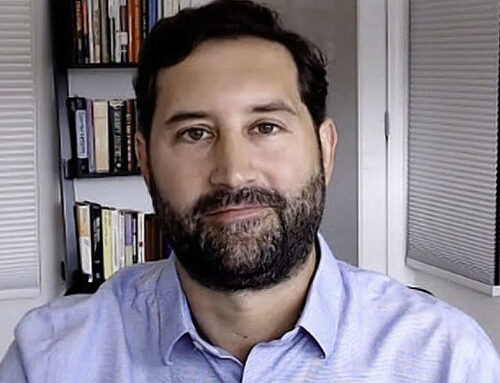Two CSCU campuses are going solar with hope to save millions over the next decade
June 11, 2025

Two CSCU campuses in New Haven will now be powered by solar energy after the construction of a massive new solar project aimed at saving the state millions over the next decade.
Greenskies Clean Focus, a solar energy company in North Haven, announced the completion of a 2.32 megawatt solar project at 361 Old Tavern Road in Orange. The energy produced from the solar array will help power the campuses of nearby Gateway Community College and Southern Connecticut State University, according to the company.
Officials said the distributive energy resource (DER) solar facility will help the CSCU system realize an estimated six million dollars in energy savings over 20 years of operation. A DER is a decentralized, grid-connected energy system—such as solar panels, wind turbines, or energy storage — that generates or stores electricity near where it is used, improving energy efficiency and resilience, according to Greenskies.
The Orange solar project, a massive array of 4,290 panels, will leverage the state’s virtual net metering program, which allows the energy generated at a remote site to offset its energy consumption at other locations. Virtual net metering allows a renewable energy system’s owner to share the billing credits that are generated when the system produces more power than the owner uses. In Connecticut, the law limits virtual net metering to municipal, state agency and agricultural customers who meet certain requirements, according to officials.
“CSCU is excited to continue its partnership with Greenskies and identify ways to further offset electric utility costs at two of its campuses,” said CSCU Chancellor Dr. Terrence Cheng. “CSCU is committed to finding ways of utilizing clean, sustainable energy and reducing operating costs across our system through public-private partnerships like this.”
Officials said the solar system will generate over three million kilowatt hours of renewable energy each year, offsetting more than 1,500 metric tons of carbon dioxide annually — the equivalent of saving more than 156,000 gallons of gasoline burned. A CSCU spokesperson said the project aligns with the state’s push toward renewable energy.
“This project represents another step forward in Connecticut’s transition to a clean energy future,” said Ryan Linares, vice president of real estate for Greenskies Clean Focus. “By leveraging solutions like Virtual Net Metering, we are helping institutions like CSCU reduce energy costs and carbon emissions while supporting the state’s renewable energy objectives. We deeply appreciate CSCU’s continued partnership, which has now resulted in over 14.5 MW successful distributed solar projects that demonstrate the power of collaboration in advancing sustainable energy solutions.”
The cost-saving energy project comes amid fresh scrutiny over the CSCU system’s finances. The Connecticut State Colleges and Universities system — which includes four regional universities, the community college network and online Charter Oak State College — has historically pushed hard for state assistance since the pandemic in 2020. But those institutions are now sitting on nearly $1.1 billion combined in reserves, which has led some lawmakers to question whether those reserve funds should be tapped into.
The state’s solar push has also expanded to several state agencies including Connecticut prisons. Back in April, Gov. Ned Lamont announced the completion of seven solar projects in Enfield, Cheshire and Somers. The solar panels now bring power to parts of Cheshire Correctional Institution, Manson Youth Institute, Willard Correctional Institution, Carl Robinson Correctional Institution and Enfield Correctional Institution. All together, the solar panels are estimated to save $11 million in energy costs to the Department of Correction over 25 years, according to the governor’s office.
As large-scale solar projects increase across the state, with some drawing protests, the Connecticut Department of Energy and Environmental Protection has also launched a new online tool for large-scale solar project siting in the state. The map tool, called the Community Renewable Energy Siting Tool, uses Geographic Information Systems mapping to display data in an easy-access format. It is free to the public and does not require specialized GIS software, DEEP officials said.
The goal of the mapping tool is to allow for a more transparent and efficient siting and permitting process for large-scale renewable energy projects, while at the same time protecting Connecticut’s environmental and natural resources, according to DEEP.
Stephen Underwood can be reached at sunderwood@courant.com.
RevContent Feed
Search
RECENT PRESS RELEASES
Related Post








